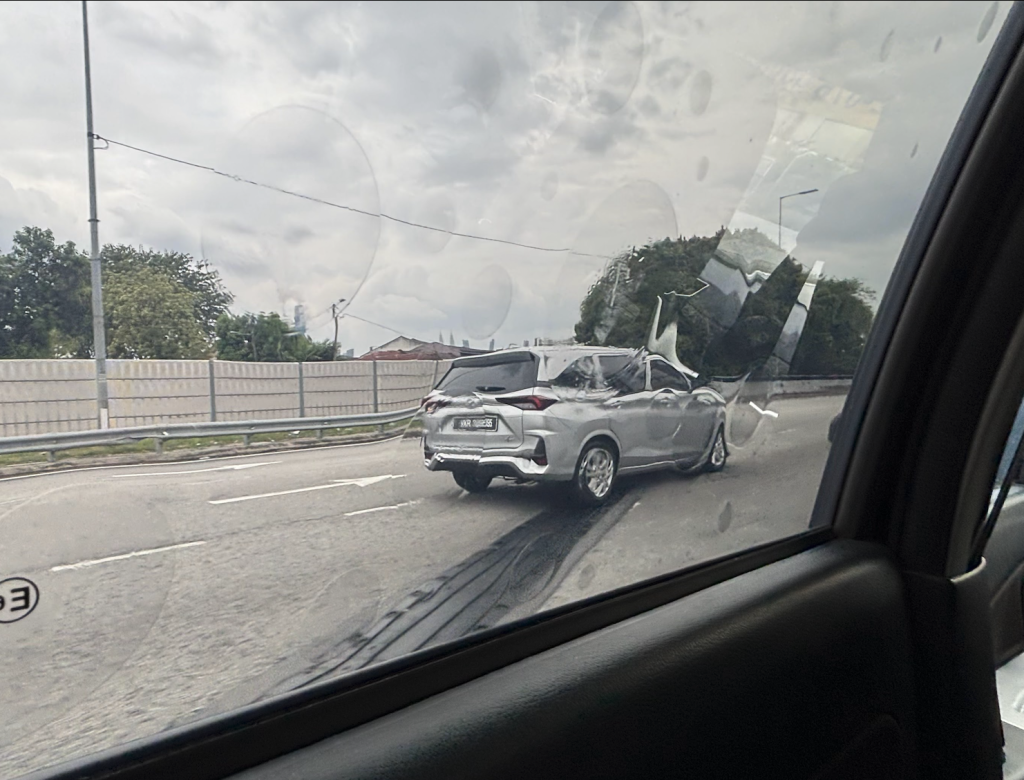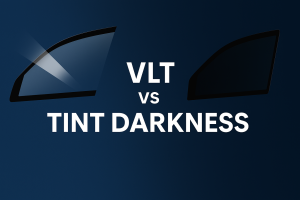Car Tint Fading Signs
can go unnoticed until they affect your comfort and vehicle’s appearance. Even high-quality tints degrade over time from UV exposure, poor materials, or bad installation. If your car feels unusually hot or your windows appear discolored or bubbly, it’s time to inspect your tint. This guide explains how to spot failing tint early — and what steps you can take to restore protection and style.
Why Tint Fades or Fails Over Time
Even though tint looks like just a layer of film, it works hard to block heat, UV rays, and glare. But like anything exposed to sun, rain, and pollution, it doesn’t last forever.
Common causes of tint failure include:
Low-quality film that breaks down quickly
Prolonged sun exposure (especially parked under direct sunlight)
Incorrect installation without proper curing
Improper maintenance, such as using ammonia-based cleaners
1. Your Tint Looks Purple or Discolored
One of the earliest signs of fading is color distortion. If your once-dark tint now looks purplish, brownish, or uneven, it’s likely breaking down.
This is especially common with cheap dyed tints, which degrade quickly under UV exposure. Premium tints maintain their original shade for years.
2. You See Bubbles Under the Film
Tiny air bubbles under your tint? That’s a red flag.
Bubbling happens when:
The adhesive layer starts to separate
Moisture gets trapped beneath the film
The tint was not installed or cured properly
Over time, these bubbles grow larger and may affect visibility — making your car not only uncomfortable but unsafe to drive.

3. Edges Are Peeling or Lifting
Peeling tint around the corners or edges of your windows signals that the adhesive is failing.
Once peeling starts, dirt and moisture can get underneath, accelerating the damage and making the tint look messy. At this stage, the film can’t be repaired — it needs to be replaced.
4. Glare and Heat Are Getting Worse
If you notice:
Sunlight feels stronger inside the cabin
The dashboard is heating up more than usual
You squint more while driving in daylight
Your tint may no longer be rejecting UV and infrared rays effectively. Faded or degraded film loses its performance even if it still “looks okay” on the surface.
5. Visible Scratches or Haziness on the Surface
Low-quality tints tend to get scratched or hazy with regular cleaning. If your window film looks cloudy or worn out, that affects both your visibility and your car’s aesthetics.
A fresh, scratch-resistant tint not only looks better — it performs better and lasts longer.
What to Do If Your Tint Is Failing
Don’t wait until the tint becomes a safety hazard or starts damaging your car interior. If you see any of the signs above, it’s time to:
Get a free tint inspection
Remove the old film professionally (to avoid damaging your glass)
Replace it with a premium-grade tint that offers heat rejection, UV protection, and long-term durability
Final Thoughts: Fading Tint? Time to Retint
Car tint isn’t permanent — but when it fades or fails, it affects your comfort, visibility, and even the look of your car. The good news? You can easily restore your driving experience with a quality retint done by experienced installers.
A new tint won’t just improve appearance — it’ll make every drive cooler, safer, and more comfortable.
Want to Refresh Your Tint?
Our expert team offers professional tint removal and premium heat rejection films that keep your car cool and protected for years. Reach out today to schedule a free assessment and retinting quote.





